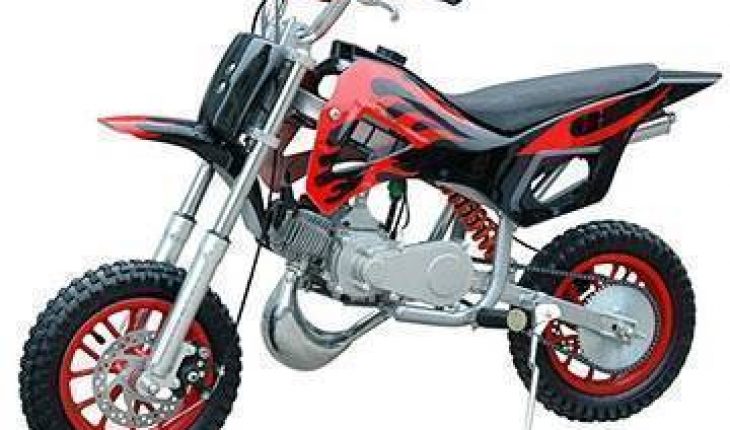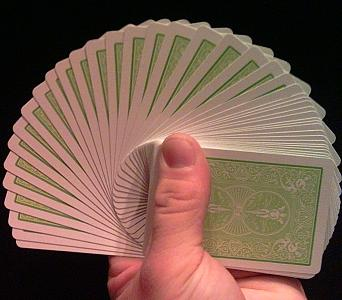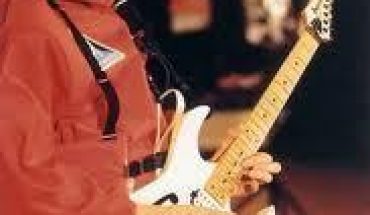A dirt bike is actually used to describe a smaller type of a motorcycle with special tires and good suspension designed to make riding to unpaved roads and rough terrains a lot easier. Most beginners opt to start with this type for their first experience in learning how to ride a dirt bike on their own.
Learning how to ride a dirt bike is actually simple if you follow the basics.
Here are the guidelines:
First: Learn the Checklist to Ensure the Dirt Bike You Will Use is Safe.
Thanks to the Motorcycle Safety Foundation, you may check your bike by taking a look at these things which are called T-CLOCS that actually stand for: T for tires and wheels; C for controls such as throttle, cables, hoses, levers, and pedal); L for light which includes turn signals, headlights, battery, mirrors, and more; O for oil (the fluid levels of your bike); C for chassis which involves the suspension of your bike, chain, frame, and others; and S for stands such as the kickstand or center stand.
Second: Wear Appropriate Gear.
Beginners and pros should always make sure that they wear safety gear such as a helmet, boots, gloves, and armored clothing at all times before riding their bikes. This can help avoid injury while on the road.
Third: Learn to Swing or Throw Your Leg to Get on Your Bike.
Balance is essential not only when you’re already driving your dirt bike, but also when you prepare to ride on it. Many novices actually find it awkward in getting on their bikes.
To make it easier, you need to stabilize your balance. Go to the left side of your bike and lean gently. You should lean on the tank or handlebars to help you balance. Now, lift your right leg over the bike while you distribute weight more on the left leg.
Fourth: Familiarize Yourself with the Parts of Your Bike.
Once you’re on your motorcycle, check the things you need to familiarize yourself with. Since not every bike is built the same, you should learn to get a feel of the one you have chosen to ride.
Get acquainted with your bike by checking the adjustment of the mirrors, the location or position of the lights, signals, throttle, horn, brakes, clutch, and shift pedals.
Fifth: Learn Where to Put What.
You should know which hand or foot should control which part of your motorcycle. Learn all the parts and know how to use these controls.
For example, your right hand should take care of the brake and acceleration of your motorcycle.
For acceleration, simply give a little twist on the grip, and that’s how you apply gas or throttle to rev up your bike’s engine. For brakes, just pull gently on the lever for the front brakes. Don’t apply too much force or your bike may skid and crash.
Some bikes require merely two fingers to yak the lever and apply the brakes. But, for other types of motorcycles, you may need to use your whole hand for this task.
While you may also have a rear brake (to be controlled by your left foot) for low speed maneuvering, sudden stops, however, may be more effective when you use the front brakes.
Sixth: Drive Slowly.
It’s important for newbies like you to stay safe so drive slowly. Relax. You don’t need to drive fast while you are still practicing.
Learning how to ride a dirt bike takes practice. That’s why you need to spend ample time in learning this process to prepare you for the road.





